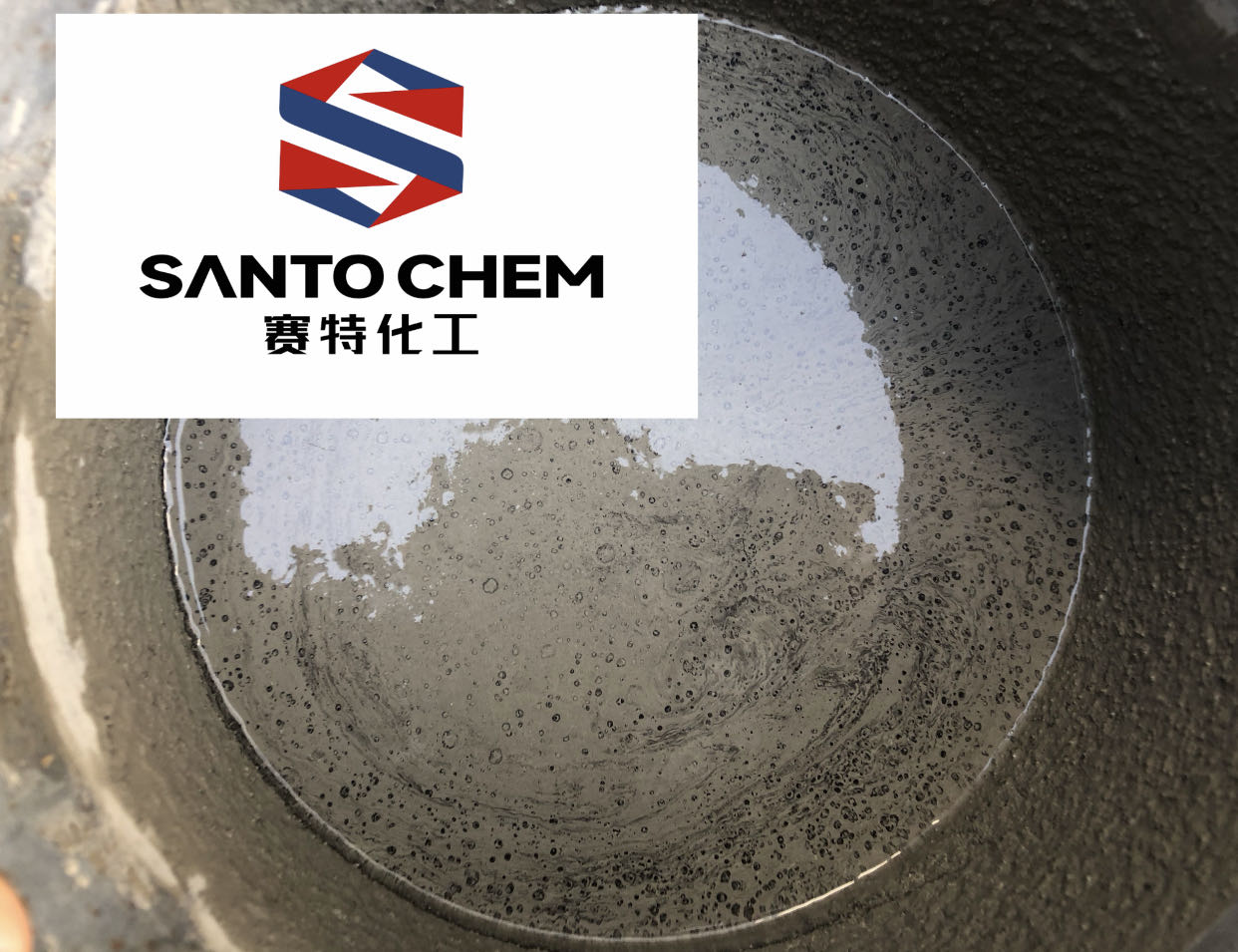
Privacy statement: Your privacy is very important to Us. Our company promises not to disclose your personal information to any external company with out your explicit permission.

In the 1930s, it was found that after mixing sulfite pulp waste into concrete, the workability of the mix could be improved, and the strength and durability could also be improved. In 1935, E. W. Scripture in the United States first developed a water-reducing agent with linosulfonate as the main component, and obtained a patent in 1937. In the 1950s, it was widely used in the United States slip form concrete, dam concrete and winter construction concrete. In 1962, Hattori Ken, first of all, of the Japanese Kawang alkali Company, first developed a water reducer with R mononaphthalene sulfonate formaldehyde condensation sodium salt as the main component, referred to as naphthalene series water reducer. This type of water reducer has the characteristics of high water reduction rate, and is suitable for preparing high strength (compressive strength up to 100MPa) or slump up to 20 (2) concrete. Subsequently, in 1964, the Federal Germany successfully studied sulfonated melamine formaldehyde resin superplasticizers, which also had the characteristics of high water reduction rate, good early strength effect and low gas intake with naphthalene series superplasticizers. At the same time, it had good adaptability to steamed concrete products and cement products with high content of aluminate (mainly C3A), and could prepare high-strength or high-fluidity concrete. Germany thus invented the fluid concrete, so that concrete from the original manual pouring or hanging pot pouring development to pumping construction, saving manpower, improve efficiency, ensure quality, eliminate noise, so that the technical level of concrete and construction level has a great leap.
Due to the important contribution of high efficiency Water Reducing Agent to concrete modification, its application has become the third major breakthrough in the history of concrete development after reinforced concrete and prestressed concrete. Marked by the development and application of high efficiency water reducing agent, concrete technology has entered the third generation from plasticity, dry hardening to fluidization.
In the early 1990s, the United States first proposed the concept of high performance concrete (HPC), that is, the concrete is required to have high strength, high fluidity, high durability and other properties, high performance concrete put forward higher requirements for water reducer, requiring high performance water reducer with high water reduction rate, large flow and slump loss. Some new superplasticizers have been rapidly developed and applied, such as polycarboxylic acid series, sulfamic acid series superplasticizers.
China's admixtures started later than foreign countries, but developed rapidly. In the 1950s, the research and application of lignosulfonate and air entraining agents began. After the 1970s, naphthalene series superplasticizer, onion series superplasticizer and other products have been independently developed; In the late 1990s, modified melamine, sulfamate, aliphatic superplasticizer developed rapidly; Since 2006, driven by the construction of high-speed railways, polycarboxylic acid series high-performance water reducing agents have also achieved rapid development. Superplasticizer has promoted the development of new concrete technology in China, promoted the application of industrial by-products in the cementing material system, and has gradually become an essential material for high-quality concrete.
According to the chemical composition, it is usually divided into: lignosulfonate superplasticizer, naphthalene superplasticizer, Melamine Superplasticizer, sulfamate superplasticizer, fatty acid superplasticizer, Polycarboxylate Superplasticizer.
LET'S GET IN TOUCH

Privacy statement: Your privacy is very important to Us. Our company promises not to disclose your personal information to any external company with out your explicit permission.

Fill in more information so that we can get in touch with you faster
Privacy statement: Your privacy is very important to Us. Our company promises not to disclose your personal information to any external company with out your explicit permission.